
AeroGenie — あなたのインテリジェントな副操縦士。
現在のトレンド
Categories
Boeing Reports Second-Quarter Aircraft Deliveries
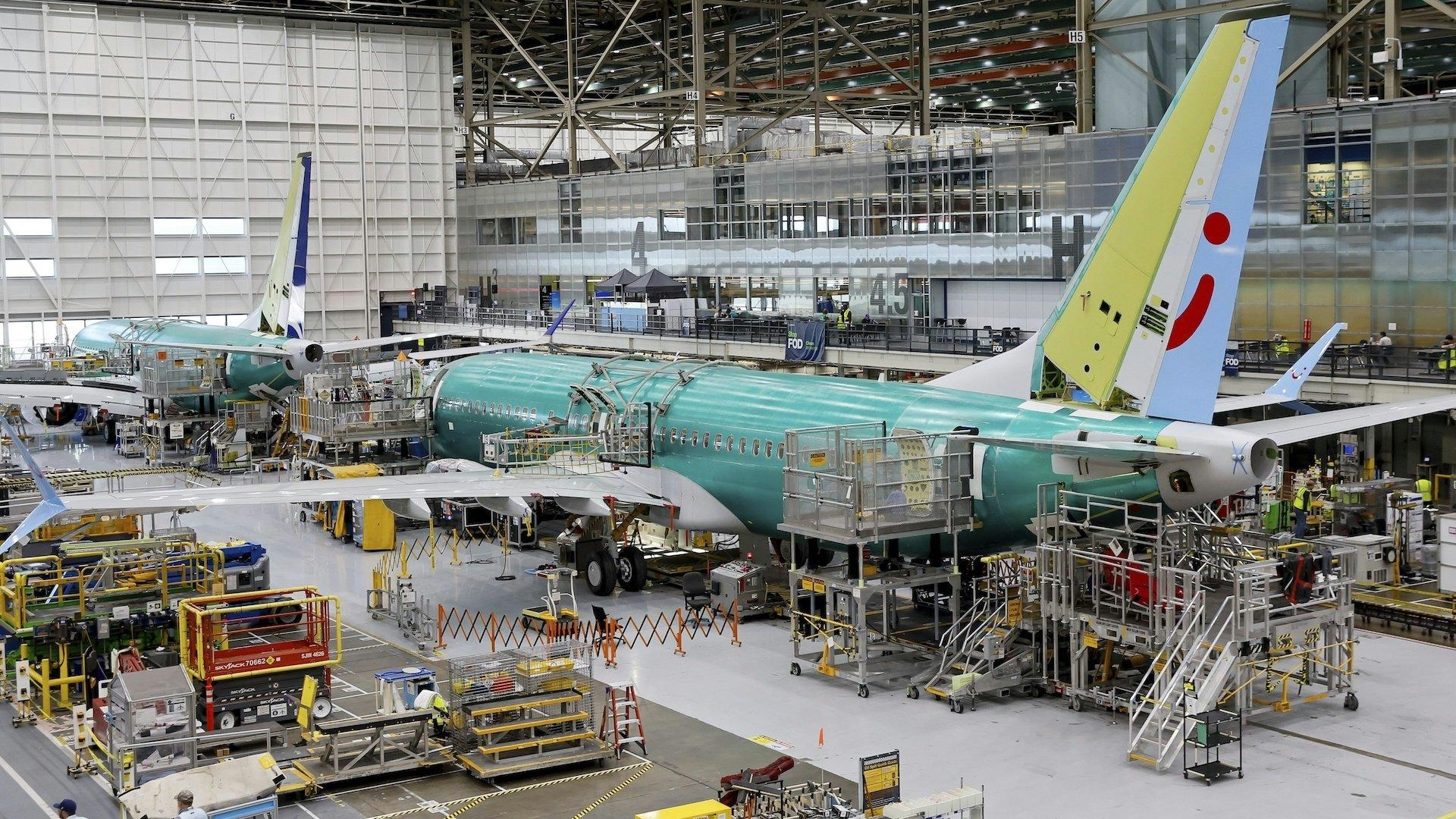
Boeing Reports Second-Quarter Aircraft Deliveries
ARLINGTON, Va., July 8, 2025 — The Boeing Company [NYSE: BA] has announced its aircraft delivery figures for the second quarter of 2025, covering both its commercial and defense sectors. The company is scheduled to release its detailed financial results for the quarter on July 29.
Commercial Airplanes Deliveries
During the second quarter, Boeing delivered a total of 150 commercial aircraft, bringing the year-to-date total to 280 units. The deliveries were led by the 737 program, which accounted for 104 aircraft in the quarter and 209 for the year so far. The 787 program followed with 24 deliveries in the quarter and 37 year-to-date. The 777 and 767 programs contributed 13 and 9 deliveries respectively in the quarter, with year-to-date totals of 20 and 14.
Defense, Space & Security Deliveries
In the defense segment, Boeing reported 36 deliveries in the second quarter, increasing the year-to-date total to 62. Notable deliveries included six new and remanufactured AH-64 Apache helicopters, with two new units and ten remanufactured units delivered in the quarter. The CH-47 Chinook program saw no new units delivered in the quarter but five renewed units, totaling one new and seven renewed units year-to-date. Other key deliveries included three F-15 models, four F/A-18 models, five KC-46 tankers, four MH-139 helicopters, one P-8 model, and two commercial and civil satellites. These figures encompass new-build production, remanufactures, and modifications, with final numbers to be confirmed alongside the upcoming financial report.
Industry Context and Competitive Landscape
Boeing’s delivery performance unfolds amid significant challenges in the global aerospace industry, where demand for new aircraft continues to rise sharply. Both Boeing and its primary competitor, Airbus, are grappling with supply chain disruptions and trade uncertainties that have affected delivery schedules. Airbus has recently reported delays of its own, highlighting the broader difficulties faced by manufacturers in scaling production to meet market demand.
Market analysts are closely monitoring Boeing’s ability to sustain its delivery momentum as Airbus seeks to strengthen its position by emphasizing its delivery projections. The competition between these two aerospace giants is intensifying, with both companies vying to capture a substantial portion of the forecasted demand for 43,600 new airliners over the next twenty years.
Boeing’s capacity to maintain or increase production rates will be pivotal as airlines worldwide pursue fleet modernization and expansion. The company’s forthcoming financial results, due on July 29, are expected to shed further light on its operational strategies and response to ongoing industry pressures.
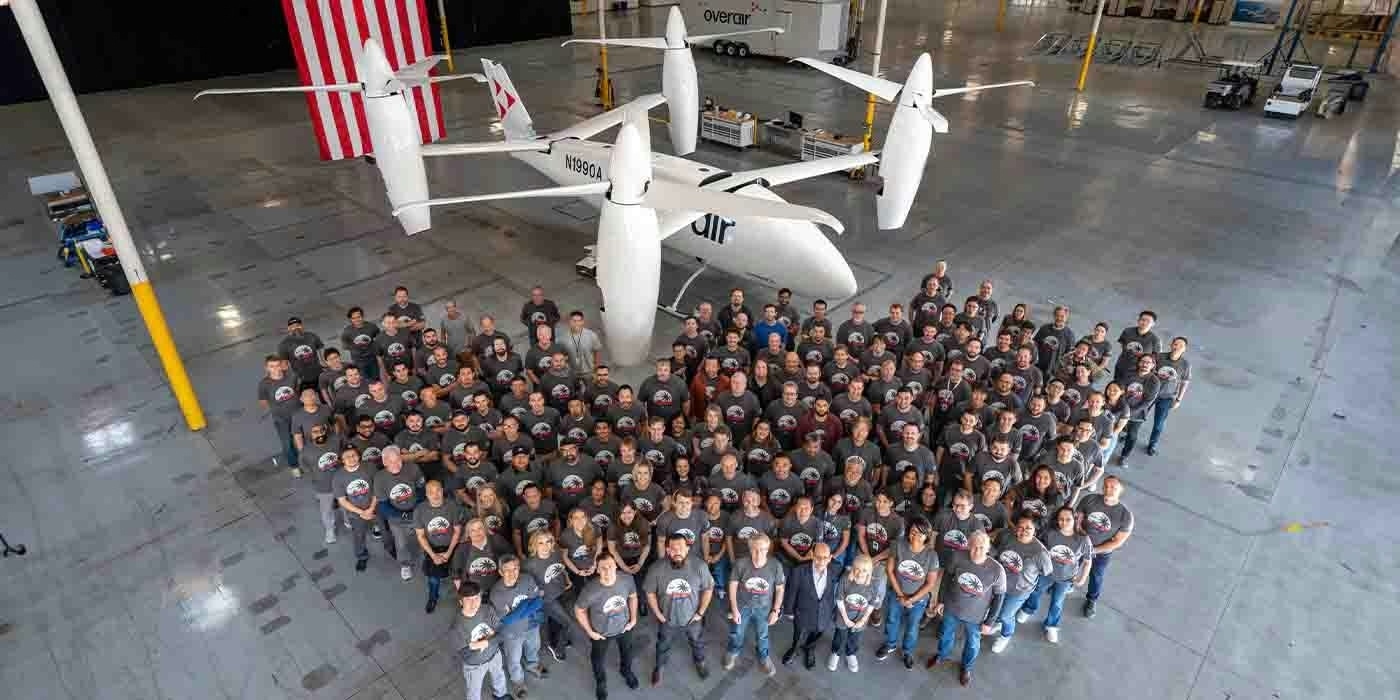
Unique mixed-propulsion eVTOL completes transition flight testing
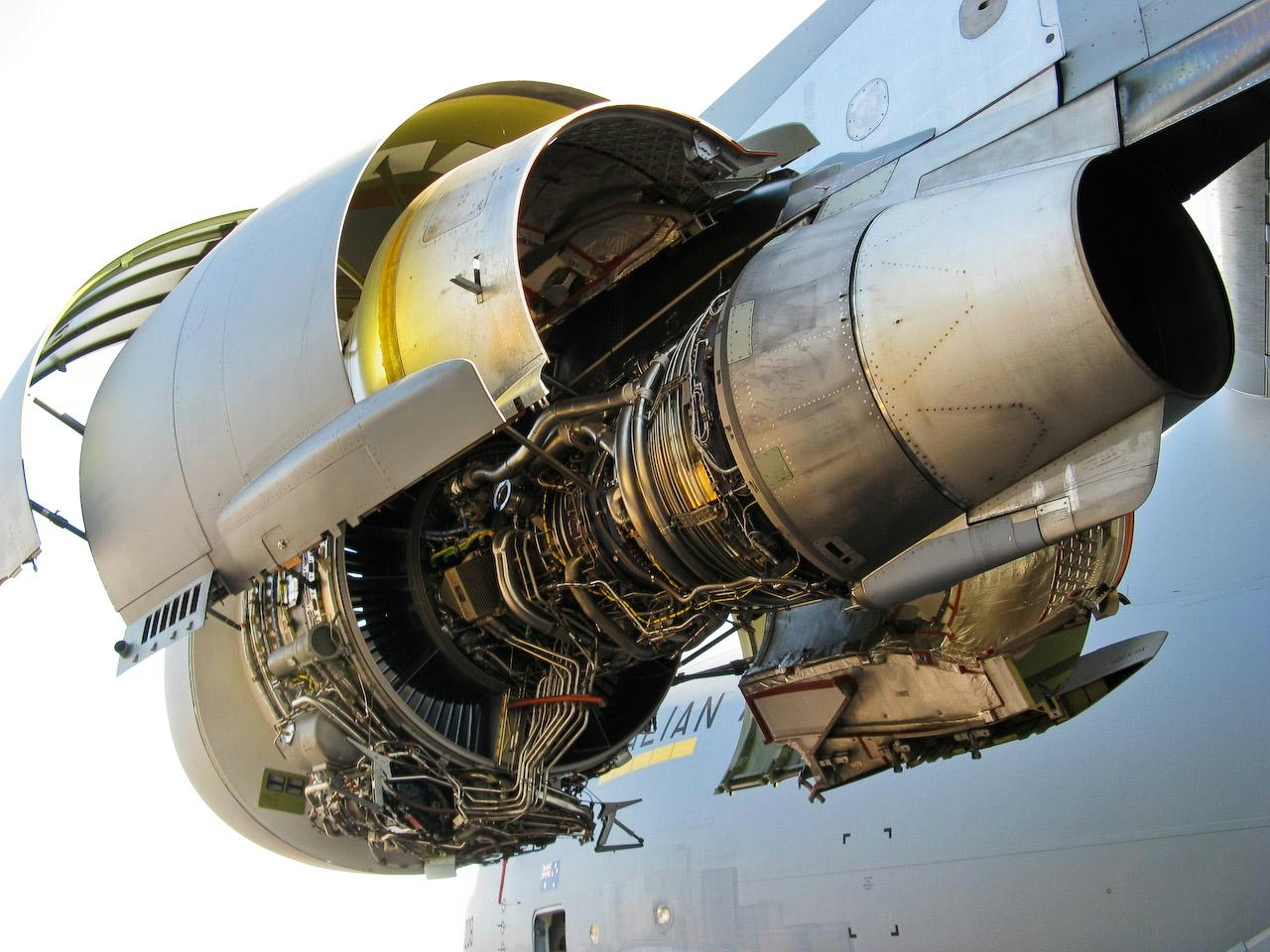
Are C-17 Globemaster Engines Derived from Boeing 757?
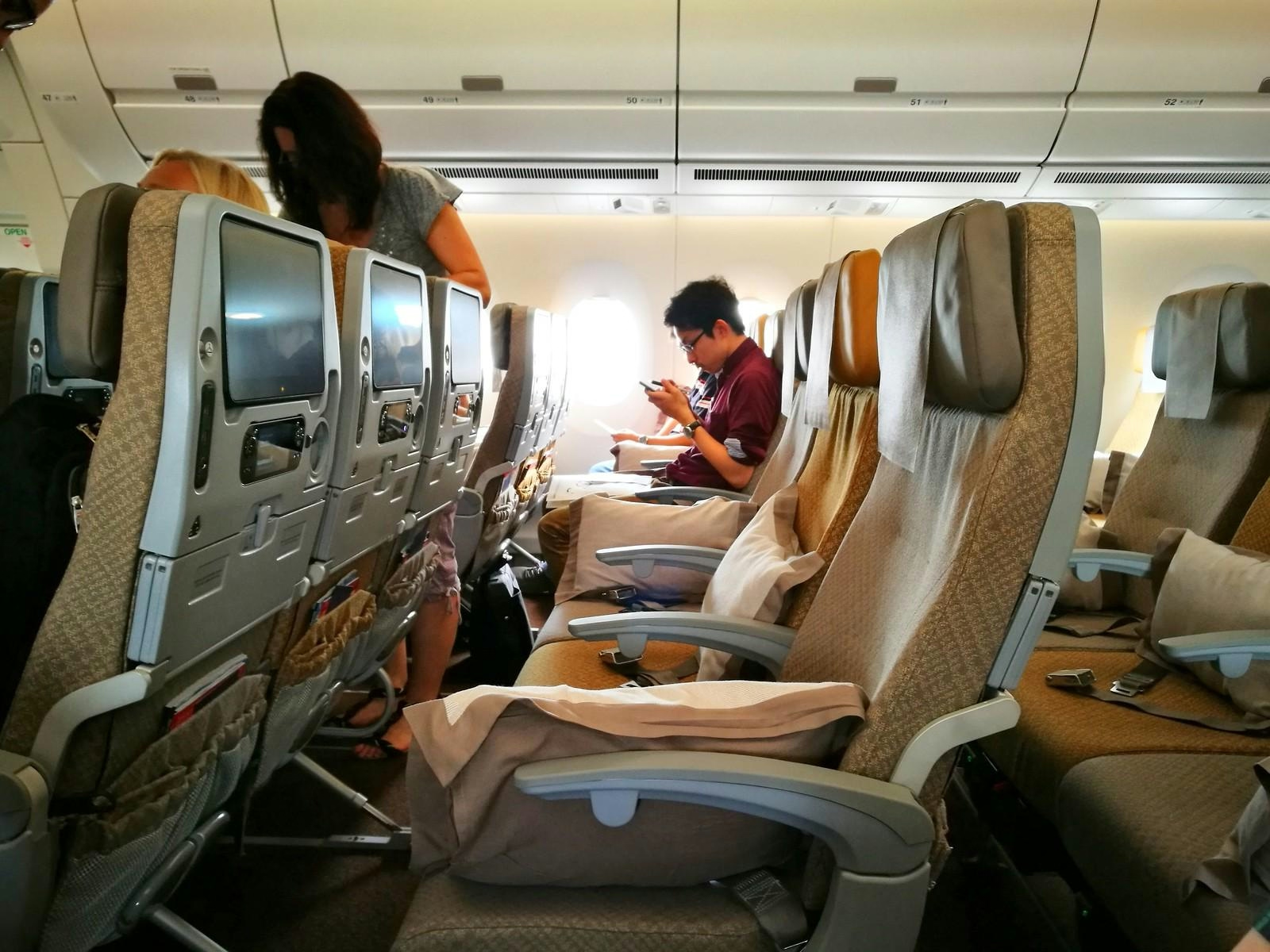
Why the Airbus A350’s Cabin Is Quieter Than Other Aircraft
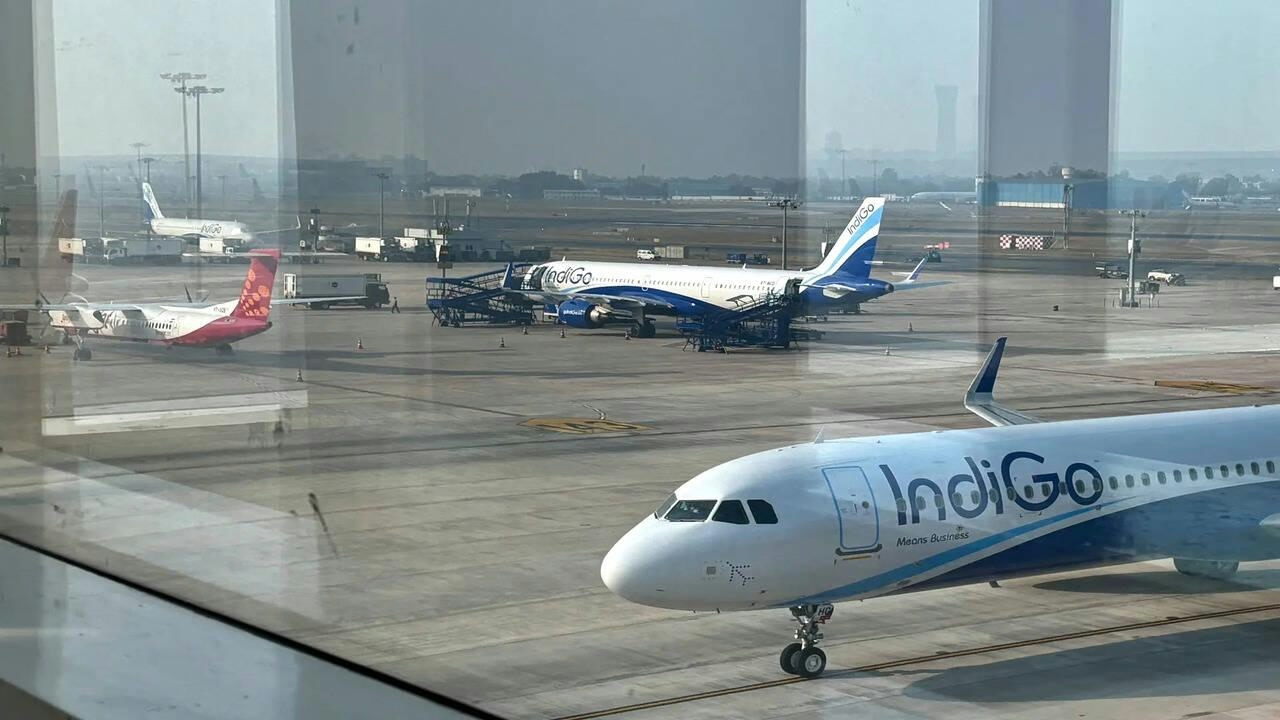
AI and AI Express Plan to Increase Capacity Amid IndiGo Flight Disruptions
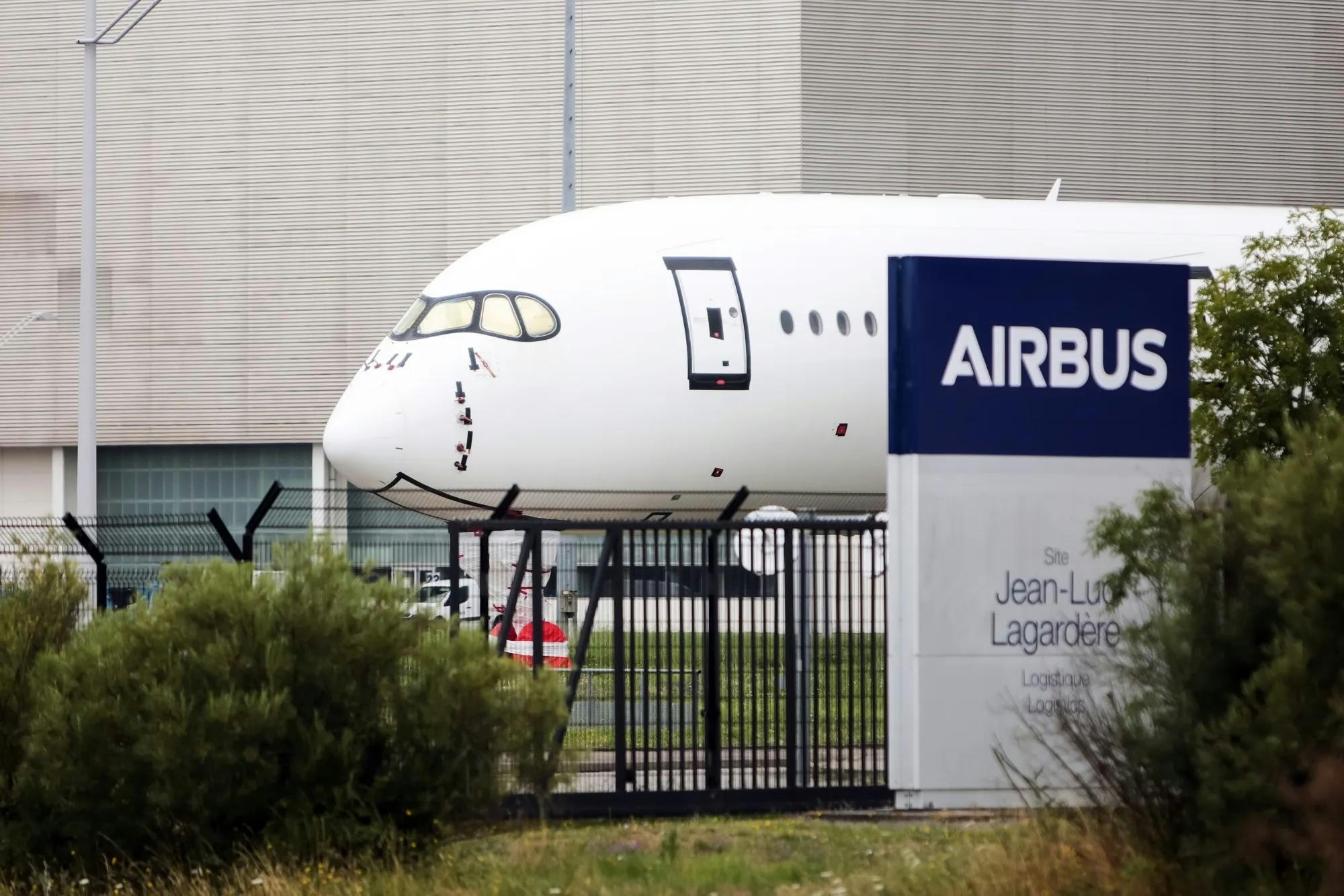
Kazakhstan and France Agree on Airbus Aircraft Deliveries

Europe’s Emerging Talent Drives Aviation Innovation
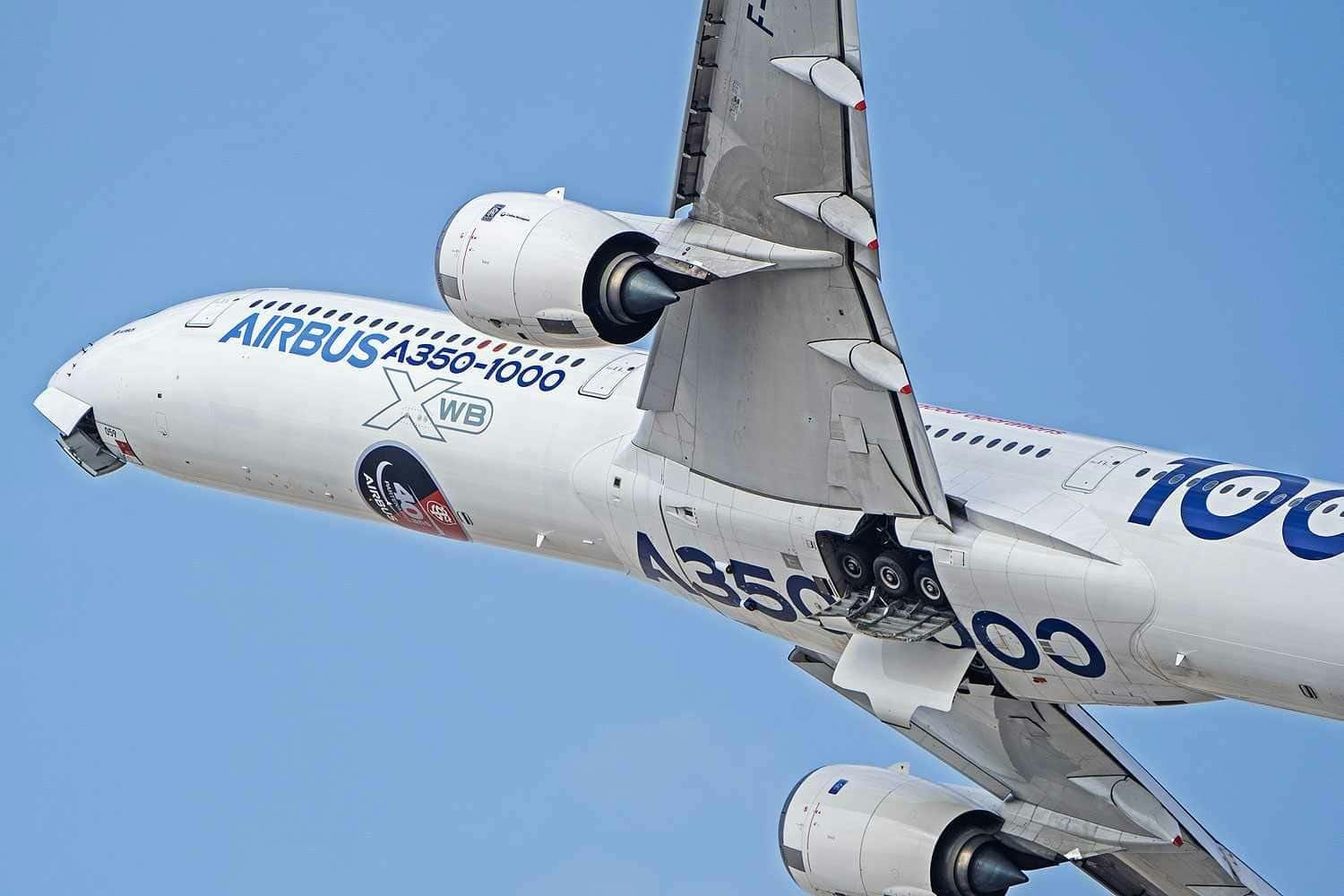
Airbus Receives New Order for A350-1000

The Leading Widebody Aircraft in Service Today
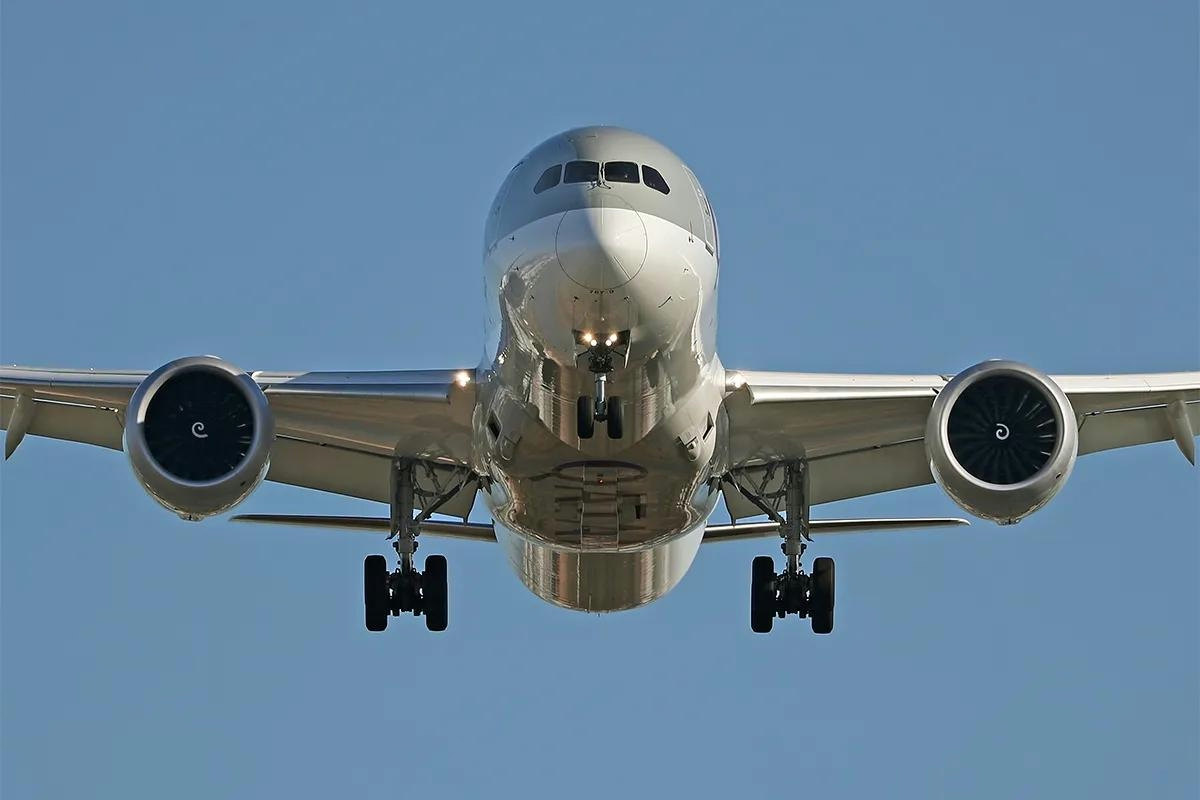
The Fastest Boeing Jet Currently in Service
